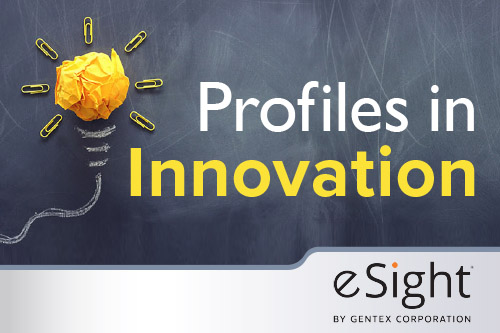Key points:
Recent policy shifts have caused significant uncertainty in K-12 education funding, especially for technology initiatives. It’s no longer business as usual. Schools can’t rely on the same federal operating funds they’ve traditionally used to purchase technology or support innovation. This unpredictability has pushed school districts to explore creative, nontraditional ways to fund technology initiatives. To succeed, it’s important to understand how to approach these funding opportunities strategically.
How to find funding
Despite the challenges, there are still many grants available to support education initiatives and technology projects. Start with an online search using key terms related to your project–for example, “virtual reality,” “virtual field trips,” or “career and technical education.”
Explore national organizations like the Bill & Melinda Gates Foundation or Project Tomorrow and consider potential local funding sources. Local organizations such as Rotary or Kiwanis clubs can be powerful allies in helping to fund projects. The local library and city or county government may also offer grants or partnership opportunities. Schools should also reach out to locally-headquartered businesses, many of which have community outreach or corporate social responsibility goals that align with supporting local education.
Colleges and universities are another valuable resource. They may be conducting research that aligns with your school’s technology project. Building relationships with these institutions and organizations can put your school “in the right place at the right time” when new funding opportunities arise.
Strategies to win the grant
Once potential funding sources are identified, the next step is crafting a compelling proposal. Consider the following strategies to strengthen your application.
1. Focus on the “how and why,” not just the “what.” If your school is seeking funds to buy hardware, don’t simply say, “Here’s what we want to buy.” Instead, frame it as, “Here’s how this project will improve student learning and why it matters.” Funders want to see the impact their support will have on outcomes. The more clearly a proposal connects technology to learning gains, the stronger it will be.
2. Highlight the research. Use evidence to validate your project’s value. For example, if a school plans to purchase virtual reality headsets, cite studies showing that VR improves knowledge retention, engagement, and comprehension compared to traditional instruction. Demonstrating that the technology is research-backed helps funders feel confident in their investment.
3. Paint a picture. Bring the project to life. Describe what students will experience and how they’ll benefit. For example: “When students put on the headset, they aren’t just reading about ancient civilizations, they’re walking through them.” Vivid descriptions help reviewers visualize the impact and believe in your vision.
Eight questions to consider when applying for a grant
Use these guiding questions to sharpen your proposal and ensure a strong foundation for implementation and long-term success.
- What is the goal? Clearly define what students will be able to do as a result of the project. Use action-orientated language: “Students will be able to…”
- Is the technology effective? Support your proposal with evidence such as whitepapers, case studies, or research that can demonstrate proven impact.
- How will the technology impact these specific students? Emphasize what makes your school or district unique, whether it’s serving a rural, urban, or high-poverty community and how this technology addresses those specific needs.
- What is the scope of the application? Specify whether the project involves elementary school, secondary school, or a specific subject or program like a STEM lab.
- How will success be measured? Too often schools reach the end of a project without a plan to track results. Plan your evaluation from the start. Track key metrics such as attendance, disciplinary data, academic performance, or engagement surveys, both before and after implementation to demonstrate results.
- What are your budgetary needs? Include all associated costs, including professional development and substitute coverage for teacher training.
- What happens after the grant is over? If you plan to use the technology for multiple years, apply for a multi-year grant rather than assuming future funding will appear. Sustainability is key.
- How will success be celebrated and communicated to stakeholders? Share results with the community and stakeholders. Host events recognizing teachers, students, and partners. Invite local media and highlight your funding partners–they’re not just donors, but partners in student success.
Moving forward with confidence
Education funding will likely remain uncertain in the years ahead. However, by being intentional about where to look for funds, how to frame proposals, and how to measure and share impact, schools can continue to implement innovative technology initiatives that elevate teaching and learning.














